We’ve now reviewed both next-gen consoles, and it won’t be long before they’re available in the wild for consumers to turn on and test for themselves.
However, for those who have yet to make a decision over which to choose, Sony and Microsoft are presenting a duo of supremely powerful consoles that are wonderful in their own right. So, what are the differences – and which is right for you?
Both consoles focus on achieving a 4K resolution at 60 frames per second, with the technical specifications differing in only a handful of ways. What really sets them apart is the user interface, games and the type of experience they aim to deliver across the new generation.
Microsoft is doubling down on its service-driven ecosystem with the help of Xbox Game Pass, while Sony is focusing on a traditional generational leap with blockbuster exclusives designed to showcase what the new hardware is capable of. However, both embrace backward compatibility in a big way.
Trusted Reviews delves deep to discover the significant differences between the PS5 and Xbox Series X to help determine which console is best for you. We’ll be talking specs, design, games, controller, services and more.
Related: Best PS5 Games
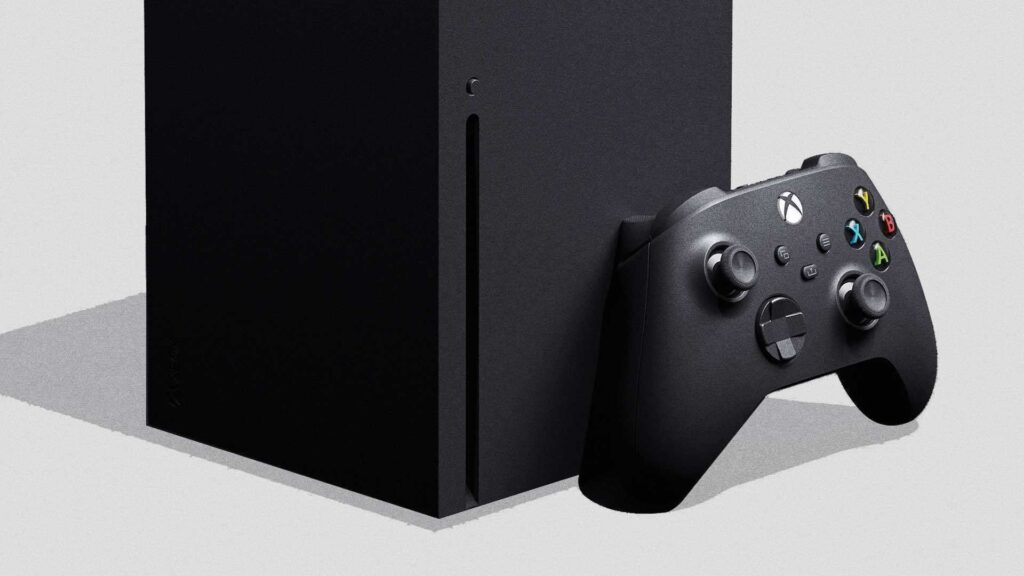
PS5 vs Xbox Series X price – How much do they cost?
Both the PS5 and Xbox Series X are priced at £449/$499 for the standard models, with the digital-only version of Sony’s console costing slightly less at £359/$399.
This gives the Japanese company a slight edge, since the offering of physical games is becoming far less prevalent as time goes on, and even then they’ll need to be installed to the hard drive much like digital purchases anyway.
You also need to remember the Xbox Series S, which is far cheaper at £249/$299. It isn’t nearly as powerful and features half of the SSD storage space, and so comes with its own set of compromises. For what it’s worth, all of these consoles are cheaper than we expected.
Winner: PS5
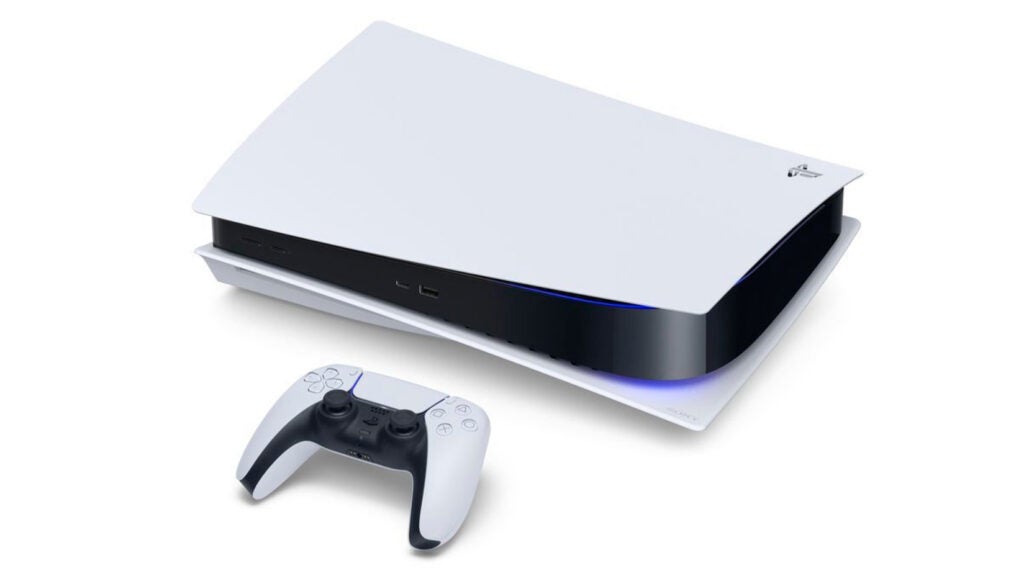
PS5 vs Xbox Series X specs – How powerful is each console?
Sony and Microsoft have created two of the most powerful gaming consoles ever made in the PS5 and Xbox Series X. Regardless of which one you pick, when it comes to horsepower and other capabilities, you’ll be fine for a number of years to come. Check out the full breakdown below:
| Xbox Series X | PS5 | |
| CPU | 8x Cores @ 3.8 GHz (3.66 GHz w/ SMT) Custom Zen 2 CPU | 8x Zen 2 cores @ 3.5GHz (variable frequency) |
| GPU | 12 TFLOPS, 52 CUs @ 1.825 GHz Custom RDNA 2 GPU | 10.28 TFLOPs, 36CUs @ 2.23GHz |
| Memory | 16 GB GDDR6 w/ 320mb bus | 16 GB GDDR6/ 256-bit |
| Memory Bandwidth | 10 GB @ 560 GB/s, 6 GB @ 336 GB/s | 448GB/s |
| Internal Storage | 1 TB Custom NVME SSD | Custom 825 GB SSD |
| I/O throughput | 2.4 GB/s (Raw), 4.8 GB/s (Compressed, with custom hardware decompression block) | 5.5 GB/s (Raw), Typical 8-9 GB/s (Compressed) |
| Expandable Storage | 1 TB Expansion Card (matches internal storage exactly) | NVMe SSD Slot |
| External Storage | USB 3.2 External HDD Support | USB HDD Support |
| Optical Drive | 4K UHD Blu-ray Drive | 4K UHD Blu-ray Drive |
| Performance Target | 4K @ 60 FPS, Up to 120 FPS | 4K @ 60 FPS, Up to 120 FPS |
The biggest differences come by way of the GPU and internal storage. PS5 peaks at 10 teraflops, while the Xbox Series X soars ahead with 12. Microsoft’s console also includes additional SSD storage, although the difference it makes is so slight that it likely won’t affect the majority of players.
As for the small difference in teraflops, we likely won’t see developers take advantage of such specs until titles are being developed exclusively for the new platforms. Right now, aside from a few exceptions, the majority of games are also available on older platforms.
Spider-Man: Miles Morales and Astro’s Playroom do a brilliant job of showcasing what a true next-gen experience feels like, boasting razor-sharp visuals, swift loading times and real-time ray tracing without any change in performance. It’s clear that Sony is far more interested in pushing technology forward, while Microsoft doesn’t want to leave anyone behind.
Winner: Draw
Related: Best Xbox Series X games
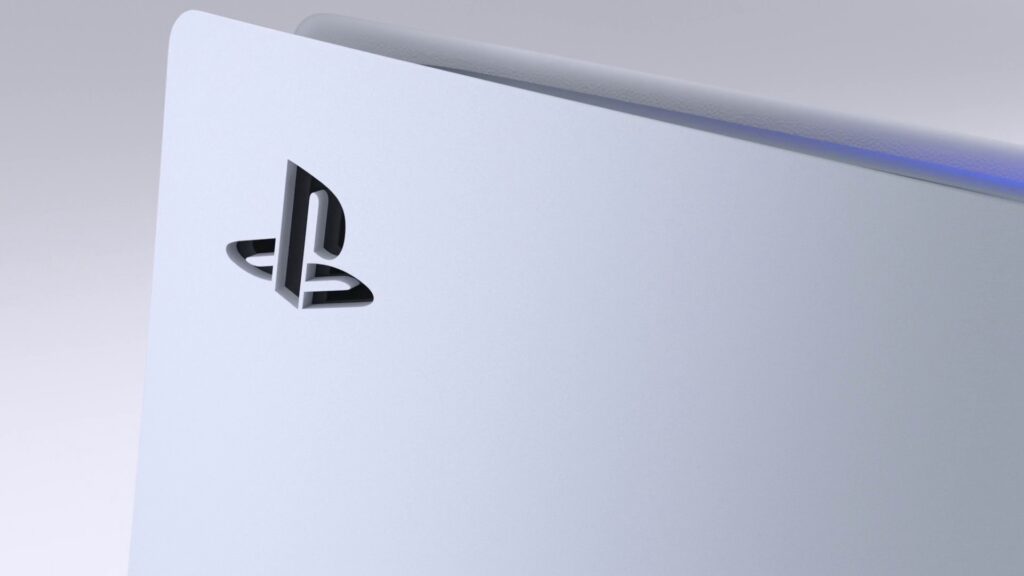
PS5 vs Xbox Series X design – How do they look?
Each of these consoles is pretty large, far eclipsing the weight and form factor of their predecessors. This is for good reason: this amount of room is required for housing the impressive specs found within. Still, it doesn’t make the job of finding either console a home easy. Let’s break down the dimensions of each one below.
PS5 dimensions and weight: 390mm x 104mm x 260mm/4.5kg
Xbox Series X dimensions and weight: 150mm x 150mm x 300mm/4.4kg
The angular design of the Xbox Series X will make it far easier to fit into existing entertainment centres or under a desk, where it can sit flush against a wall or shelf without much trouble. It can also be positioned on its side if you so desire, but leave enough space for air to vent out through the fans situated at the top.
While it resembles a desktop more than a traditional console, the design conventions of the Series X resemble what came before it, pushing the colour scheme and other elements Microsoft has pursued for years to their logical conclusion. If you’re after something a little more outlandish and daring, then the PS5 more than fits the bill.
It towers over the Xbox Series X, making it look tiny in comparison. It’s monolithic, boasting an unusual shape that makes it difficult to fit under your television or desk, regardless of orientation. Thankfully, Sony provides a stand, which makes setting it up much easier and also ensures there’s less risk of it accidentally tumbling over.
Related: Cyberpunk 2077
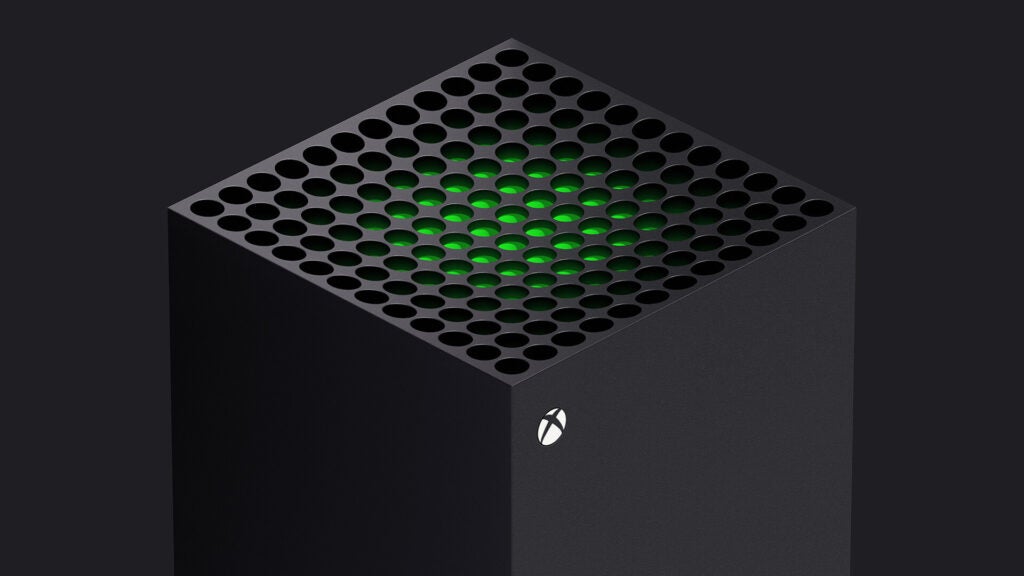
Personally, I prefer the Series X design. It feels more premium, boasting a heavy frame that will happily take a beating over several years of use. On the flipside, the PS5 appears more delicate, dominated by toy-like plastic all over the body. Even while placing it in the stand, I was in constant fear of scratching the white plastic – and I reckon I won’t be the only one.
In terms of inputs, the consoles are near-identical in the number of HDMI, USB and Ethernet ports provided. Both consoles are practical without being overwhelming, and feel great to use as a result. It’s worth nothing that Sony doesn’t support external SSD solutions right now, while Microsoft only supports bespoke cards developed in partnership with Seagate.
Winner: Xbox Series X
PS5 vs Xbox Series X games – Which console has the best exclusives?
At the time of writing, Microsoft is yet to release a first-party title developed exclusively for Xbox Series X. It’s launch selection consists of games such as Gears 5, Forza Horizon 4 and Ori and the Will of the Wisps, which have all received substantial updates to take advantage of the new hardware. The majority of these optimised titles now support 4K/120fps, or even higher metrics depending on the circumstances.
It’s hugely impressive, but the lack of a brand-new blockbuster does lessen the impact of Microsoft’s flagship next-gen console. Third-party titles simply don’t count: with the exception of Yakuza: Like a Dragon, these will be available on both consoles. As a result, Sony is somewhat ahead when giving casual consumers a solid reason to upgrade.

At launch, Sony is already boasting a healthy collection of exclusives, which have been designed to push the PS5 as a behemoth of a console. Some great examples include Marvel’s Spider-Man: Miles Morales, Demon’s Souls and Astro’s Playroom. Whether it be the DualSense controller, real-time ray tracing or loading times – each of these games achieves something that wasn’t possible on previous-gen consoles.
The future looks equally as bright, with Ratchet and Clank: Rift Apart and Horizon 2: Forbidden West pencilled in for the first half of 2021. Much like the PS4, Sony is establishing a regular output of first-party exclusives that demonstrate the PS5’s capability. Such a strategy is already paying off, so we doubt the company will be changing tack anytime soon.
Related: Call of Duty – Black Ops Cold War

On the Series X side, Halo Infinite has been delayed, meaning that Xbox’s big-hitter won’t be emerging until 2021 at the earliest, and beyond the likes of Senua’s Saga: Hellblade 2 and Everwild, the near-future is lacking in true next-gen exclusives. But when you consider how Microsoft is tackling the new generation with the Xbox Game Pass, this omission doesn’t matter nearly as much as it did in the past.
The company has also acquired countless studios including Obsidian Entertainment, Playground Games and the entirety of Bethesda. Such acquisitions will bear much fruit in a few short years, and I have no doubt the company will be unstoppable in terms of the breadth of its library before too long. But for now, the PS5 definitely has the edge.
Winner: PS5
PS5 vs Xbox Series X controller and features – What are the big selling points?
The Xbox Series X has Quick Resume, a feature that allows you to swap between the active states of six different games at once. Kept running by the internal SSD, it’s a feature that has had a huge impact. Instead of having to wait for a title to load, and then sitting through an array of menu options, you’re thrown straight into the action.
I’m blown away by how well it works, even maintaining my suspended states after the console has been unplugged for an extended period of time. Combine this with fantastic loading times and the whole experience feels wonderful, and a noticeable step ahead of the competition when it comes to backward compatibility. The PS5 is lacking such a feature right now, and I didn’t expect its absence to be so notable.
In terms of the controller, Microsoft has taken a more conservative effort with the Series X. The design remains virtually unchanged from the previous generation, with small additions coming in the form of a share button and a more textured grip for added comfort. It feels nicer to use, but it’s certainly a case of “if it ain’t broke, don’t fix it” from Xbox – and, in all honesty, who can blame them? All your previous controllers and accessories will work, too!
Related: Final Fantasy 16
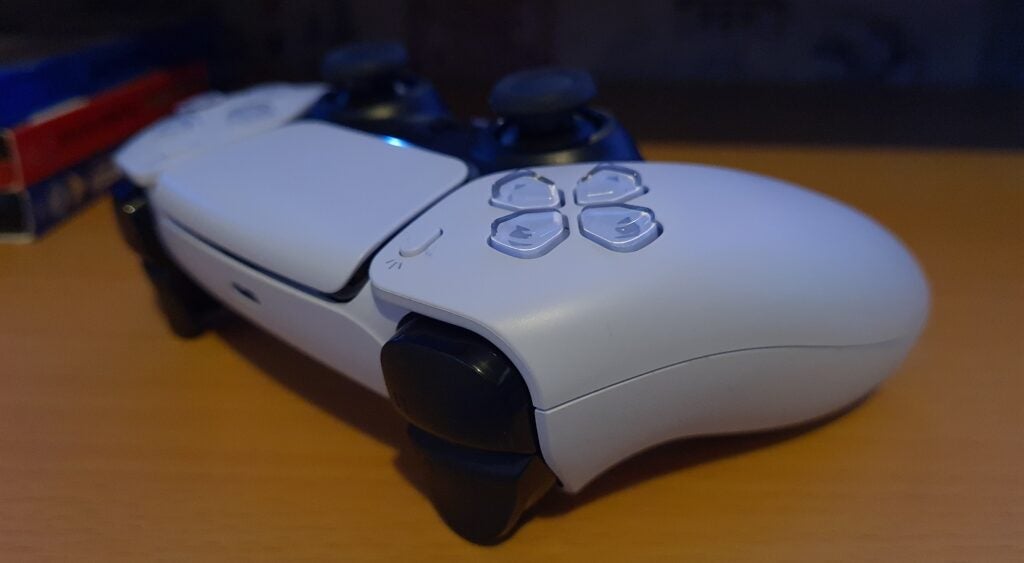
The DualSense is a huge departure from the Sony norm, and is a genuinely fantastic controller with a meaningful sense of weight, responsive inputs and new features; it feels leaps ahead of everything that came before it. Haptic feedback and adaptive triggers are transformative in the right circumstances, increasing the levels of immersion in so many wondrous ways. Astro’s Playroom, Bugsnax and Spider-Man: Miles Morales are the best examples I’ve seen so far, and thinking about how developers will take advantage of them going forward is super-exciting.
In terms of other new features, the PS5 is relatively thin on the ground, adopting a moment-to-moment experience that feels very familiar. This is no bad thing, but those hoping for a massive departure might be underwhelmed.
Winner: Draw
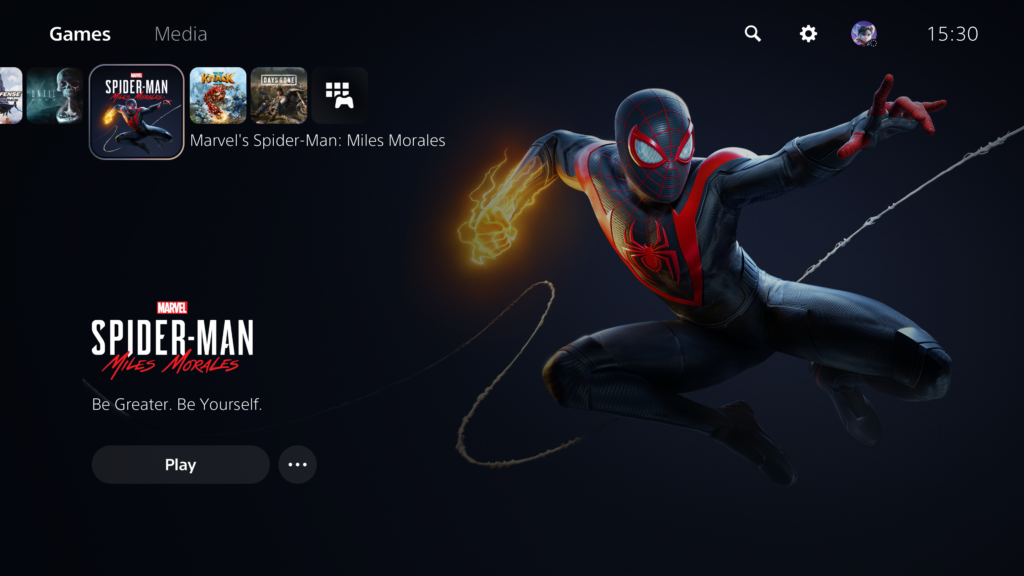
PS5 vs Xbox Series X user interface – How do they feel to use?
The PS5 interface feels like a natural evolution of what came before it. The tile-based system remains, but has been enhanced with a new feature known as the Command Centre. This encapsulates your friend’s list, audio settings, profile and more, into a single convenient strip of icons that you can customise to your liking. It feels wonderful to use, and will likely only grow in cohesiveness with future firmware updates.
Sadly, some other new changes make things more cumbersome than they should be. Trophies are now presented as large icons instead of a horizontal list, making it more difficult to check their definition and see how many you’ve earned at-a-glance like before. Cloud saves are also buried in the settings, and you can’t simply download the ones you want from their relevant game icon as you could on the PS4. These feel like irksome steps backward, and I’m confused as the reasons they were introduced at all.
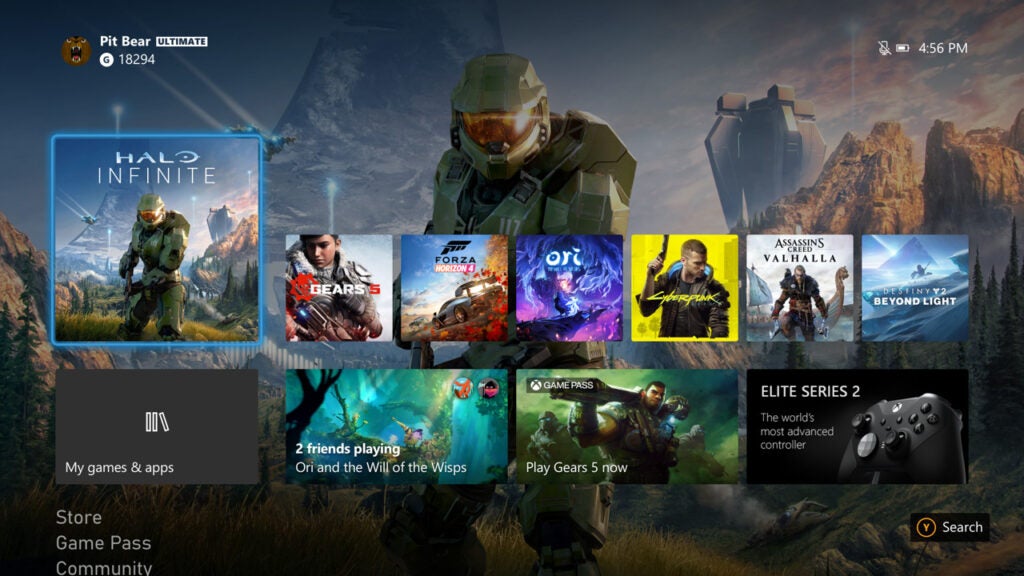
On the flipside, the user interface for Xbox Series X is completely unchanged. If you weren’t a fan before, then you won’t see anything here that will change your mind. I don’t mind it too much, although oftentimes there are too many hoops to jump through simply to install games or change specific settings in the avalanche of menus.
The new console is far smoother in use, however, eliminating loading times and transitions when navigating the user interface significantly. As a result, it’s hard to throw any serious complaints at it. Microsoft Store, Game Pass and My Games and Apps all have their own dedicated sections, with submenus that make finding exactly what you’re looking for a breeze. Right now, the PS5 simply feels a smidge more cumbersome.
Winner: Xbox Series X
PS5 vs Xbox Series X – Who comes out on top?
The PS5 and Xbox Series X are both worth investing in at launch, but which one works best for you will depend heavily on your existing investment in each ecosystem.
Specs for both are largely identical, and performance differentials are so minimal that you’re sure to get a fantastic experience regardless of which console you choose.
The Xbox Game Pass and Quick Resume features make for a more cohesive package from Microsoft, which makes triumphant use of backwards compatibility. However, the presence and guarantee of fantastic first-party exclusives gives Sony a definitive edge right now.
As a result of everything we’ve discussed above and more, this competition concludes in a draw. We’ll be sure to revisit this verdict once each console has been in the wild for a few solid months.